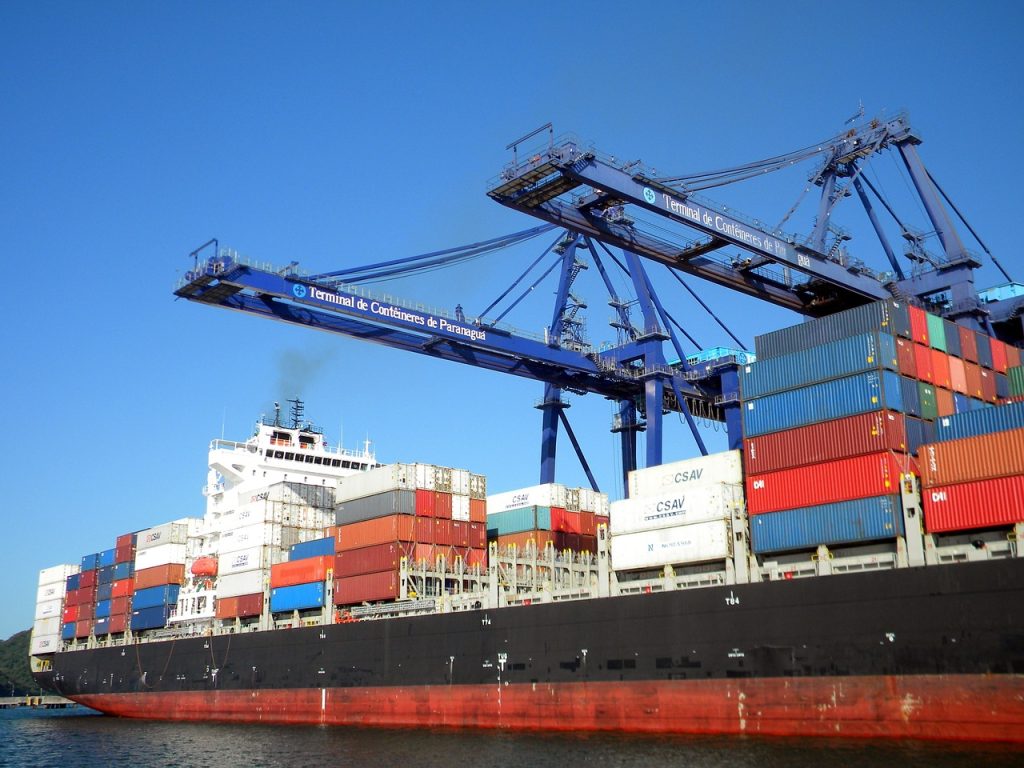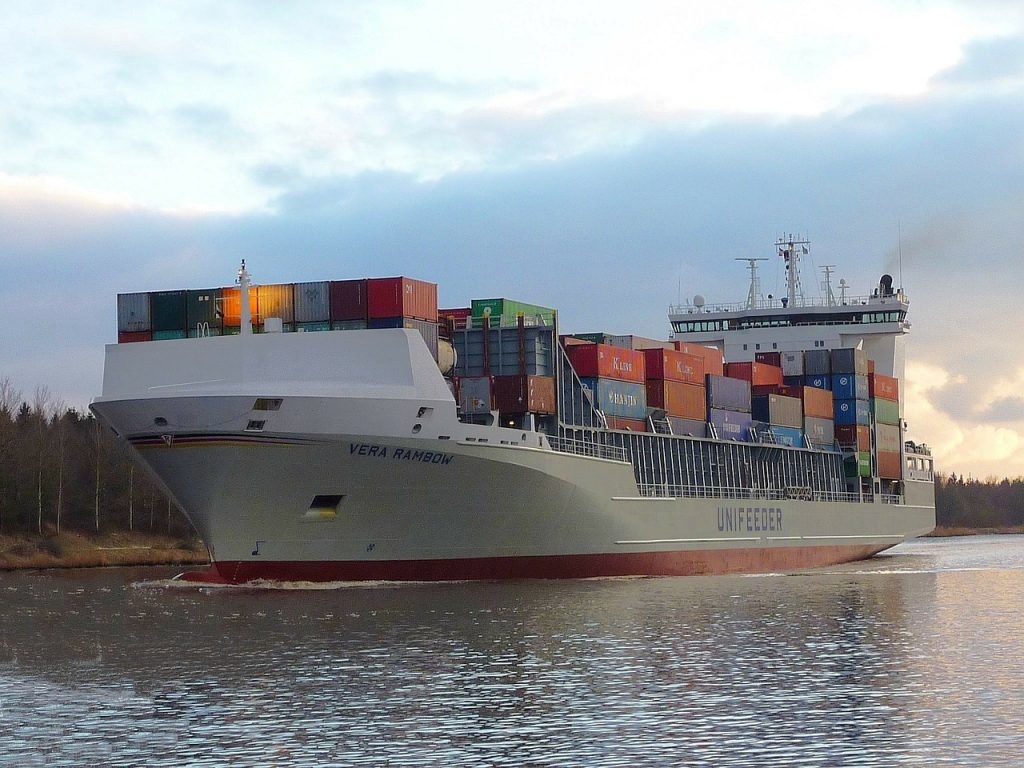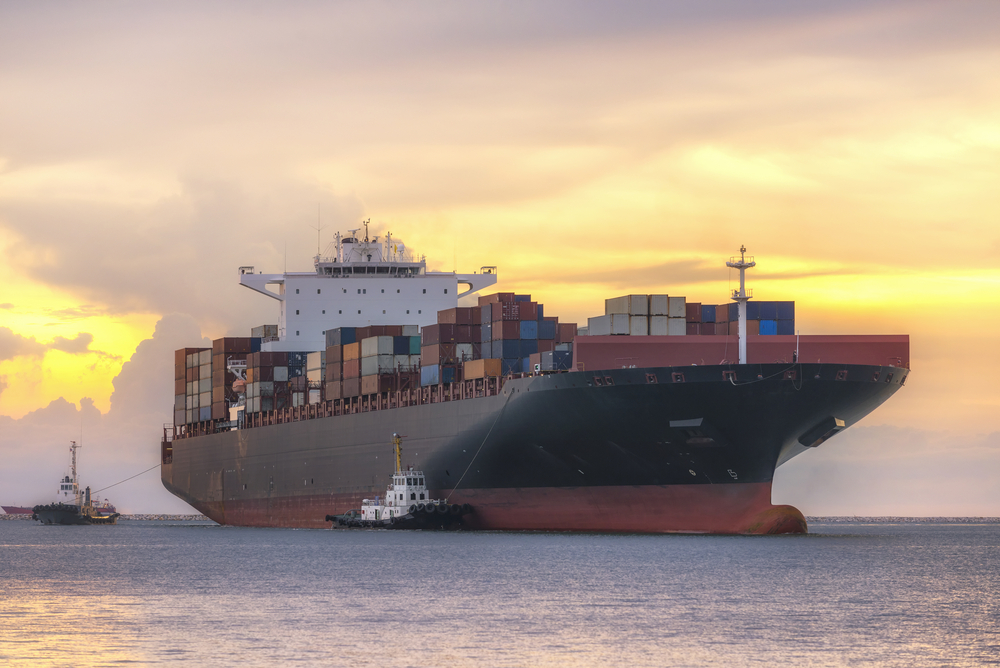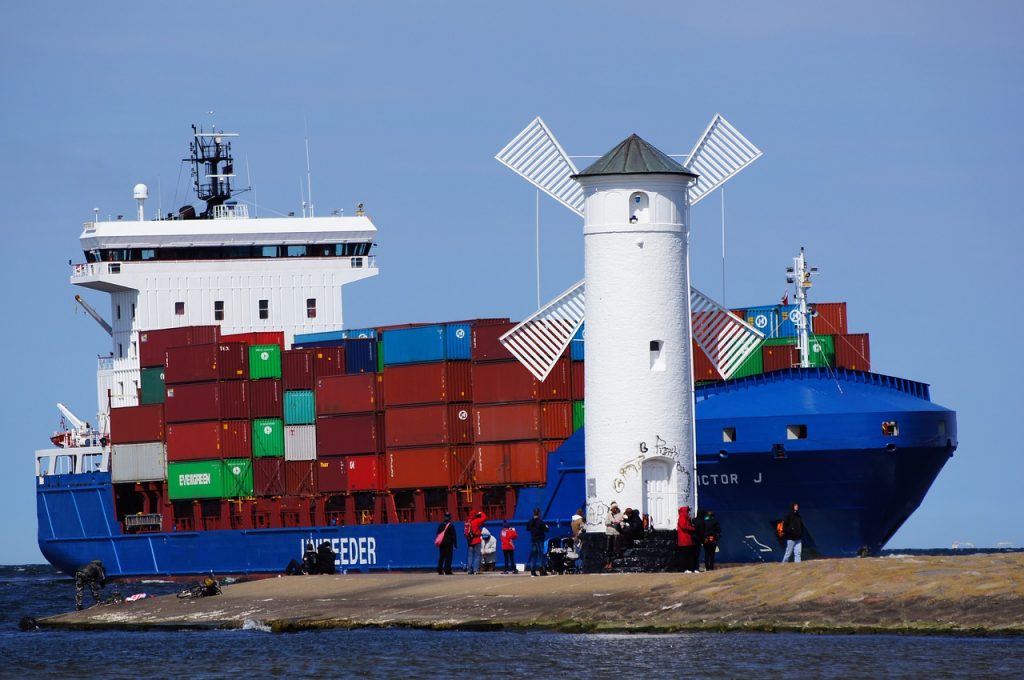
the average costs listed here provide a general benchmark for anyone looking to ship a container overseas. However, actual shipping costs can vary significantly based on multiple factors, including destination, container size, method of shipment, and even global economic conditions. Whether you’re moving abroad, importing products for business, or relocating for work, understanding these costs is essential to budgeting properly and avoiding financial surprises.
Understanding Container Sizes and Typical Costs
Shipping containers come in standardized sizes, with the most common being 20-foot and 40-foot containers. These sizes determine how much you can ship and form the basis for most pricing estimates.
- 20-Foot Container: This size is ideal for smaller shipments, such as the contents of a two-bedroom apartment. It holds approximately 1,170 cubic feet of cargo. On average, the cost to ship a 20-foot container overseas ranges between $1,300 and $3,200, depending on the destination and route.
- 40-Foot Container: This larger container is suitable for full-house moves or bulk commercial shipments, offering roughly 2,390 cubic feet of space. The cost to ship a 40-foot container typically ranges between $2,000 and $4,000, though prices can go higher depending on added services and seasonal surcharges.
Keep in mind, these prices generally cover port-to-port shipping only. Additional services such as door-to-door delivery, customs handling, inland transport, and storage can significantly affect the final bill.
Key Factors That Influence Shipping Costs
Several variables play a role in how much you will ultimately pay to ship your container overseas. Here are the main elements that can drive up or lower your costs:
Destination & Distance
The farther the container needs to travel, the higher the cost. Shipping to regions with fewer direct routes or smaller ports may also involve transshipments (transfers at intermediate ports), which increase both time and expenses. For example, shipping from New York to major European ports may be more economical than to landlocked regions in Africa or Central Asia.

Mode of Shipment
There are two main types of ocean freight shipment methods:
- Full Container Load (FCL): You rent the entire container. This is cost-effective if you’re transporting enough to fill the space.
- Less than Container Load (LCL): You share space in the container with others. While this saves money for small shipments, per-unit costs tend to be higher, and delivery times can be longer due to coordination with other shipments.
Weight and Volume
Although ocean freight is generally charged by volume (cubic meters), excessively heavy shipments may incur weight surcharges. Standard containers have maximum weight limits, and exceeding them can lead to additional handling fees or require specialized containers.
Time of Year
Like air travel, ocean freight rates fluctuate based on demand. Peak seasons such as late summer (August–September) and before Chinese New Year (January–February) see increased shipping volumes, which pushes up prices. Booking well in advance during these times is advisable to secure space and avoid rate hikes.
Fuel and Surcharges
Fuel price volatility affects shipping costs globally. Carriers often impose bunker adjustment factors (BAF) and other surcharges tied to fuel prices. Port congestion or route disruptions can also introduce war risk surcharges or port congestion fees.

Hidden or Extra Costs You Should Budget For
Aside from the base shipping rate, several ancillary charges may apply. Some of these include:
How to Minimize Your Shipping Costs
If you’re concerned about the costs of shipping a container overseas, there are several strategies you can employ:
- Book Early: Especially during peak seasons, booking weeks or even months in advance can secure better rates and space availability.
- Compare Quotes: Always get multiple estimates from different freight forwarders. Many offer online calculators or instant quotes.
- Consolidate Shipments: Efficiently pack your goods to reduce volume and possibly qualify for a smaller container or LCL.
- Know Your Incoterms: International Commercial Terms determine who pays for what in a shipment. Understanding them helps you avoid hidden costs.
- Use a Freight Forwarder: A reputable freight forwarder can help you navigate documentation, customs, and logistics efficiently often saving you money in the long run.
Final Thoughts
Shipping a container overseas is not a one-size-fits-all expense. While the average costs listed here offer a starting point, actual costs depend on a wide array of variables from where you’re shipping, how much you’re sending, to the time of year. Proper planning, comparing quotes, and understanding the details of international freight shipping can help ensure a smoother, more cost-effective process.
